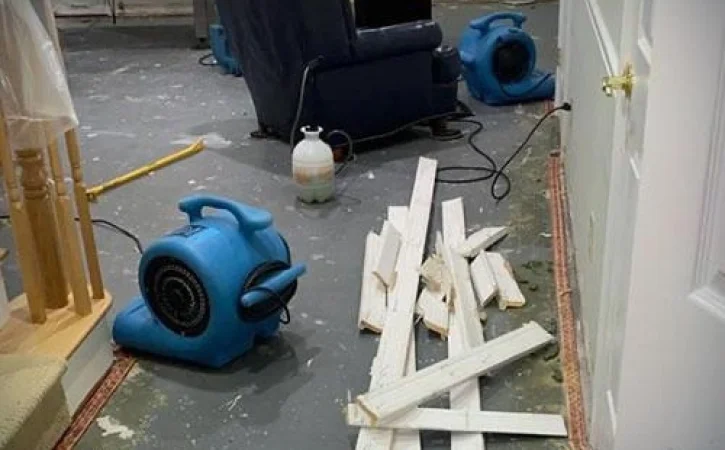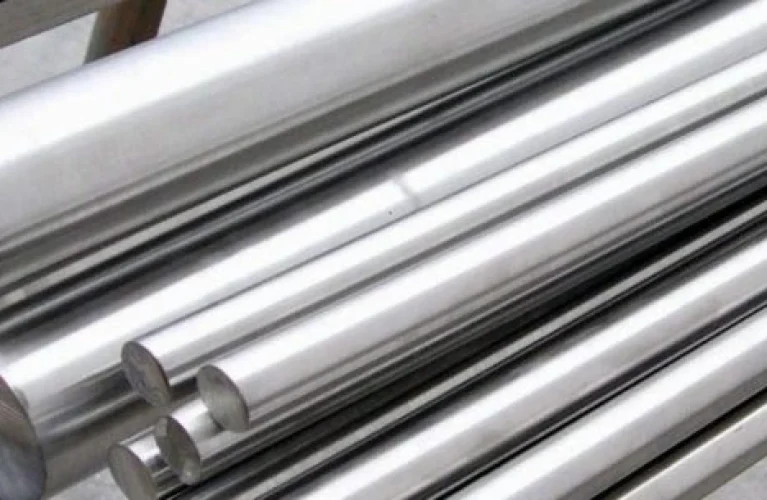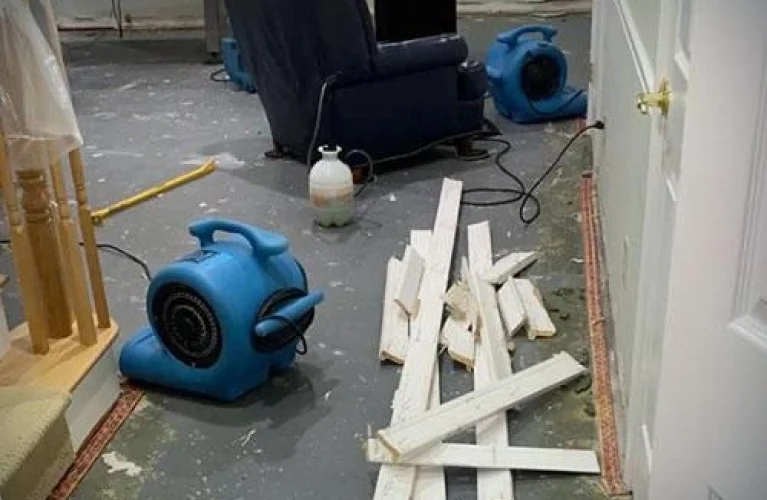
Why Is Quick Wet Wall Drying So Important After Water Damage?
Water damage in your home or business can be devastating. From burst pipes to flooding, the impact can affect your walls, ceilings, and structural integrity. One of the most critical steps after water exposure is wet wall drying. But why is acting fast so essential, and what role does ceiling drying play? Let’s explore why quick drying is vital and how Structural Drying Australia helps restore your property efficiently.
What Happens If Wet Wall Drying Is Delayed?
When walls become saturated, they hold moisture for longer than surfaces like floors or furniture. If left untreated, this moisture can lead to several issues:
-
Mold Growth – Mold can develop within 24–48 hours in damp conditions. Mold spores are hazardous to health and can affect air quality.
-
Structural Damage – Prolonged exposure to water weakens drywall, plaster, and even timber framing. Walls can warp, swell, or crumble over time.
-
Electrical Risks – Water infiltrating walls may come into contact with electrical wiring, increasing the risk of short circuits or fire hazards.
-
Odor and Stains – Damp walls and ceilings develop musty odors, and water stains can discolor paint or wallpaper permanently.
This is why wet wall drying is not just a cosmetic concern—it is critical for safety and long-term property preservation.
How Does Quick Wet Wall Drying Prevent Mold?
Mold thrives in warm, damp, and dark conditions. Once it starts, mold spreads quickly through porous materials such as drywall, timber, and insulation. By performing wet wall drying immediately after water damage, you remove the moisture that mold needs to grow.
Professional drying services, like Structural Drying Australia, use advanced equipment such as industrial air movers, dehumidifiers, and moisture meters to ensure walls dry evenly and efficiently. Fast drying halts mold development before it begins, reducing health risks and saving money on future remediation.
Why Is Ceiling Drying Equally Important?
Many homeowners focus solely on walls, neglecting the ceiling. However, ceilings often absorb water during leaks or floods, especially in multi-story buildings. Ceil
ing drying is vital because:
-
Ceiling materials, like plasterboard, are porous and retain moisture, risking sagging or collapse.
-
Moisture can travel downward, affecting walls, furniture, and floors.
-
Ignoring ceiling drying may allow hidden mold to develop between the ceiling and insulation.
Timely ceiling drying protects both your property and your family’s health, ensuring the home remains safe and structurally sound.
What Are the Risks of DIY Wet Wall Drying?
It might be tempting to try drying walls or ceilings using fans or heaters. While these methods can help superficially, they rarely remove all moisture. DIY approaches often fail to reach moisture trapped behind walls or in insulation. Common consequences include:
-
Persistent damp spots
-
Hidden mold growth
-
Warping or crumbling of drywall
-
Increased repair costs later
Professional services, like Structural Drying Australia, use thermal imaging and moisture detection tools to identify hidden dampness, ensuring complete wet wall drying and ceiling drying.
How Does Professional Wet Wall Drying Work?
Understanding the professional process highlights why quick action is so important. Experts typically follow these steps:
-
Assessment – Technicians inspect the affected area using moisture meters and thermal imaging cameras to identify all wet zones.
-
Water Extraction – Any standing water is removed using high-powered vacuums.
-
Airflow and Dehumidification – Industrial air movers and dehumidifiers circulate air, pulling moisture from walls and ceilings.
-
Monitoring – Technicians continuously measure moisture levels to ensure complete drying.
-
Restoration – Once dry, walls and ceilings can be repaired, repainted, or restored without lingering damage.
This structured approach ensures the property dries safely and effectively, reducing the chance of long-term damage or mold growth.
Can Quick Wet Wall Drying Save Money?
Absolutely. Acting promptly with wet wall drying can save thousands in repair costs. Here’s how:
-
Preventing mold growth avoids expensive remediation.
-
Reducing structural damage means less replacement of drywall, timber, and insulation.
-
Faster drying decreases downtime if the property is a business or rental space.
By investing in immediate professional drying services, property owners minimize financial loss while maintaining a healthy environment.
How Long Does Wet Wall and Ceiling Drying Take?
The duration depends on factors like the severity of water damage, building materials, and climate conditions. On average:
-
Minor wall moisture may take 24–48 hours to dry completely.
-
Severe flooding requiring ceiling drying could take 3–7 days.
Professional drying teams, such as those from Structural Drying Australia, optimize drying time using industrial equipment and monitored airflow, ensuring walls and ceilings dry thoroughly without overexposure to heat or air, which could damage materials.
What Signs Indicate Wet Walls or Ceilings Need Immediate Attention?
Homeowners should watch for early signs of water damage:
-
Peeling or bubbling paint
-
Discoloration on walls or ceilings
-
Warping or soft spots in drywall
-
Musty odors
-
Condensation on walls or ceilings
Detecting these signs early and arranging professional wet wall drying and ceiling drying prevents further structural and health hazards.
Why Choose Experts for Wet Wall and Ceiling Drying?
Experts provide more than just equipment—they bring experience and precision. Benefits include:
-
Thorough moisture detection behind walls and ceilings
-
Controlled drying environment to avoid additional damage
-
Documentation for insurance purposes
-
Peace of mind knowing the property is fully restored
For instance, Structural Drying Australia ensures complete water damage remediation with professional monitoring, helping homeowners return to safe, dry, and healthy environments.
How Can Homeowners Support the Drying Process?
While professionals handle the technical side, homeowners can help by:
-
Moving furniture away from affected walls and ceilings
-
Ensuring good ventilation throughout the property
-
Avoiding DIY methods that may trap moisture
Combining homeowner cooperation with professional expertise accelerates drying, reduces costs, and protects property integrity.
Conclusion: Why Quick Wet Wall and Ceiling Drying Matters
Water damage can escalate quickly, but prompt wet wall drying and ceiling drying can prevent serious problems. From stopping mold growth to preserving structural integrity, acting fast saves money, health risks, and long-term headaches.
Professional services like Structural Drying Australia provide the tools, expertise, and monitoring needed to ensure effective drying. Waiting even a day can allow moisture to penetrate deeper, increasing risks and repair costs. Quick, thorough drying is not just an option—it’s a necessity for any property affected by water damage.









